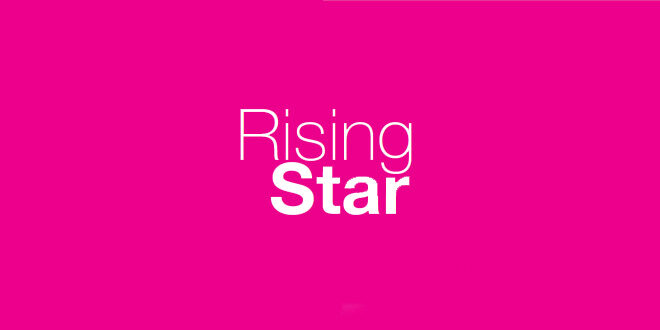 Matt Aitchison, technical art supervisor at Airship Images talks about what it takes to be a technical art supervisor, and even a little bit of philosophy.
Matt Aitchison, technical art supervisor at Airship Images talks about what it takes to be a technical art supervisor, and even a little bit of philosophy.
How did you break into games?
I studied at Abertay University with honestly no real direction. I decided on being a programmer as I was okay at maths in school. After a few years I got really bored of just editing code all day, but I quickly took a shine to 3D art. I decided to pivot to a production oriented degree, deciding technical art seemed like a natural fit as it incorporated both art and engineering. Most of what I learned to this day was simply hundreds of tutorials on a little bit of everything.
What has been your proudest achievement so far?
Becoming technical art supervisor at Airship Interactive. I started here as a junior as the company’s first technical artist, which on reflection was extremely lucky. I was enabled to take on any challenges I sought out as I was the only one available to address them at the time. This allowed me to take on more responsibilities and challenges not usually available to an individual so new to the games industry, which allowed me to become a pillar at this organisation much earlier than I’d anticipated.
What has been your biggest challenge to date?
For me the most difficult part of technical art is the contrast in disciplines of the work you do on a daily basis. You can start the day setting up optimal lighting for a scene in Unreal and ending it with fixing a script for use in Maya. It’s hard to isolate a single challenge as usually the hardest part is getting into the headspace of pivoting between current issues.
What do you enjoy most about your job?
Being a technical artist supervisor is like being the goalkeeper during a penalty shootout. Nobody will blame you if you don’t save every time, but you’re everyone’s hero when you do. My job is to improve everyone else’s job, which is something I feel isn’t valued enough when people consider career prospects in games. I was initially driven to work on cool games, but very quickly I found it way more fulfilling to contribute and support the team doing the actual heavy lifting. People are always grateful to have a problem fixed, and any tools I develop impact every asset our team produces.
What’s your biggest ambition in games?
My lecturer in Abertay Iain Donald shared a philosophy when I expressed interest in making my own games, saying: “people usually get into the games industry to make their own games, not somebody else’s”. While I greatly respect the drive to work on your favourite franchise, I believe the biggest privilege is being able to make your vision become a reality.
What advice would you give to a person that wants to do your job?
Technical art is all about problem solving, which means you need to be comfortable investigating issues alone. The most informative thing I did was making games as often as I could; doing game jams, accelerators. Working on a product gives you a great perspective on what matters in a production and how you can impact the final result. Companies always need artists who can script and who know how to use game engines. Learn these and you’ll do just fine.

 MCV/DEVELOP News, events, research and jobs from the games industry
MCV/DEVELOP News, events, research and jobs from the games industry




